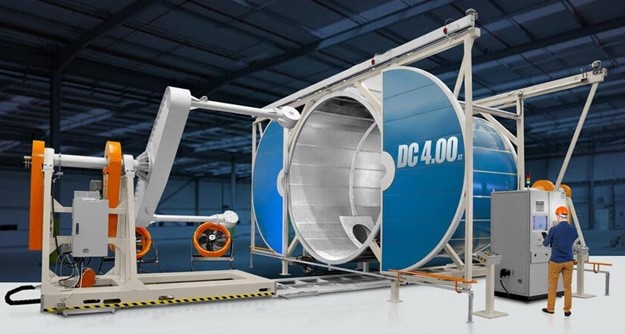Rotational Molding: Precision Engineering for Hollow Plastic Products
In terms of innovating the manufacturing process rotating molding, also known as Rotomolding, is leading the charge for intricate plastic products. In the last decade, this method has seen huge success because of its capacity to efficiently create robust, lightweight, and intricate designs with precise performance.

Why Is Rotomolding Gaining Traction?
Recent data shows that the global market for rotational molding is predicted to increase significantly, with an expected CAGR of 5% or more from 2023 to 2028. The growth is driven by the increasing demand from industries such as construction, agriculture, automobiles, and healthcare, where the use of durable and custom-designed components is essential.
One major reason for its popularity is its flexibility. The products made by rotomolding vary from large water tanks all the way to intricate industrial parts. This process is crucially, it lets manufacturers create seamless, hollow components which are much more resistant to wear and wear. For example, in the packaging industry Rotomolded containers are the most popular due to their longer lasting and resistance to extreme conditions.
Advantages That Stand Out
Rotomolding's precision and adaptability make it a go-to solution, especially for complex forms and rigorous specifications. It is also efficient in terms of resources, generating minimal waste compared to alternative manufacturing techniques. In addition, it offers the use of a variety of materials, texture, and finish options that include UV stability and heat resistance.
Customization is another significant advantage. Whether it's various colors logos, designs, or designs, rotational molding provides infinite possibilities, while maintaining superior quality and consistency. In addition the costs of tooling for rotomolding are typically less expensive than injection molding, allowing for an economical edge without compromising the quality of the end product.
A Forward-Thinking Manufacturing Method
The emergence of rotomolding as a process indicates an increase in sustainability. Manufacturers are currently investigating bio-based plastics as well as recycled materials, ensuring reduced environmental footprints. This process, which operates at lower temperatures and pressures can reduce energy consumption and promotes greener practices which is becoming a requirement in the modern day practices of industry.

Rotomolding makes it easier to manufacture extremely durable and complex plastic products while offering an affordable, customizable and environmentally sustainable alternative. The increasing use of it across all industries worldwide underscores its importance as a viable option to meet the demands of today of both the manufacturers and the consumers.
Comments
Post a Comment